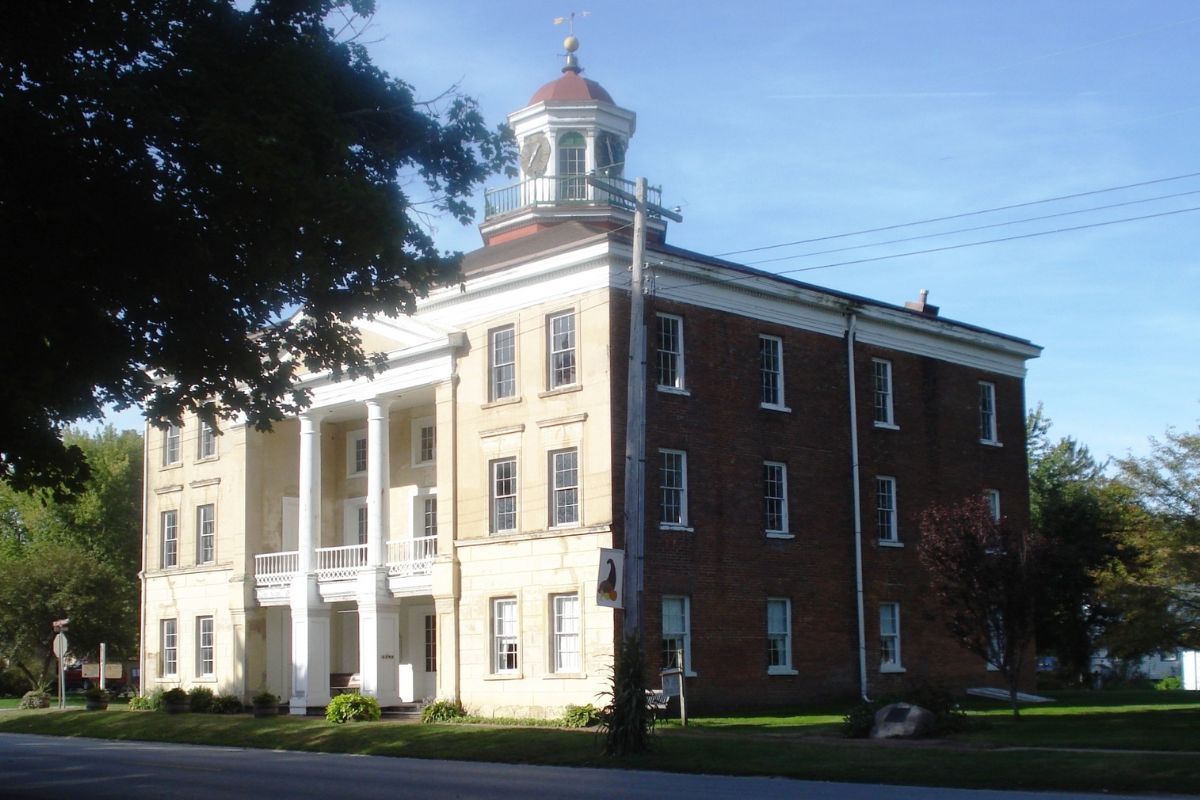Secrets Of Bishop Hill’s 19th-Century Swedish Utopian Colony

Ever heard of Bishop Hill? This charming village in Illinois holds a fascinating piece of history. Founded in 1846 by Swedish immigrants, Bishop Hill was a utopian colony where people aimed to live in harmony and share everything. Imagine a place where everyone worked together, shared meals, and supported each other like one big family. The settlers built beautiful brick buildings that still stand today, giving visitors a glimpse into the past. Walking through Bishop Hill feels like stepping back in time. You can explore museums, enjoy traditional Swedish food, and learn about the unique culture that shaped this community. Whether you're a history buff or just curious about different ways of living, Bishop Hill offers a unique peek into a world where cooperation and community were at the heart of everyday life.
Discovering Bishop Hill's Swedish Heritage
Bishop Hill, Illinois, is a quaint village with a rich history. Founded by Swedish immigrants in the mid-1800s, this place offers a glimpse into the past with its well-preserved buildings and cultural landmarks. Let's explore some of the must-visit spots that capture the essence of this unique community.
- Bishop Hill Heritage Association
The Bishop Hill Heritage Association is a cornerstone of the village's preservation efforts. This organization maintains several historic buildings and offers guided tours to share the stories of the Swedish settlers. Visitors can learn about the colony's founding and its transformation over the years.
- Bishop Hill Museum
Step into the Bishop Hill Museum to uncover artifacts and exhibits that tell the tale of the Swedish pioneers. From traditional clothing to tools used by the settlers, the museum provides a comprehensive look at the daily lives of those who called Bishop Hill home.
- Colony Church
The Colony Church stands as a testament to the spiritual life of the early settlers. Built in 1848, this simple yet elegant structure continues to serve as a place of worship and community gatherings. Its architecture reflects the Swedish roots of the village.
Exploring Historic Buildings
Bishop Hill is dotted with historic buildings that transport visitors back to the 19th century. Each structure has its own story, offering a unique perspective on the lives of the Swedish immigrants who settled here.
- Steeple Building
The Steeple Building, originally constructed as a dormitory, now houses exhibits on the colony's history. Its distinctive steeple is a landmark in the village, and the building itself is a fine example of 19th-century architecture.
- Blacksmith Shop
Visit the Blacksmith Shop to see demonstrations of traditional blacksmithing techniques. This working shop showcases the skills that were vital to the colony's survival and growth, offering a hands-on experience for visitors.
- Bjorklund Hotel
The Bjorklund Hotel, once a bustling inn for travelers, now serves as a museum. It offers a glimpse into the hospitality of the past, with period furnishings and displays that highlight the role of the hotel in the community.
Embracing Swedish Traditions
Bishop Hill is not just about history; it's also about keeping Swedish traditions alive. Festivals, crafts, and cuisine play a significant role in celebrating the village's heritage.
- Jordbruksdagarna Festival
Jordbruksdagarna, or Agricultural Days, is an annual festival celebrating the harvest season. Visitors can enjoy traditional Swedish music, dance, and food while learning about the agricultural practices of the early settlers.
- Vagnhall Galleri
Vagnhall Galleri showcases the work of local artists and craftsmen, many of whom draw inspiration from Swedish traditions. The gallery offers a chance to purchase unique handmade items and support the local arts community.
- P.L. Johnson's Swedish Restaurant
No visit to Bishop Hill is complete without sampling authentic Swedish cuisine. P.L. Johnson's Swedish Restaurant serves classic dishes like Swedish meatballs and lingonberry sauce, providing a delicious taste of the village's cultural roots.
Discovering Bishop Hill's Legacy
Bishop Hill's 19th-century Swedish utopian colony offers a unique glimpse into a past filled with dreams of community and cooperation. This small Illinois town, with its rich history, stands as a testament to the resilience and determination of its founders. Walking through its streets, visitors can almost hear the echoes of Swedish settlers working together to build a new life. The historic buildings, museums, and cultural events keep the spirit of those early days alive, inviting everyone to learn and appreciate this remarkable story. Whether you're a history buff or just curious about different cultures, Bishop Hill provides a fascinating journey into a world where ideals shaped reality. As you explore, you'll find that the legacy of Bishop Hill is not just about the past but also about the enduring power of community and shared vision.

